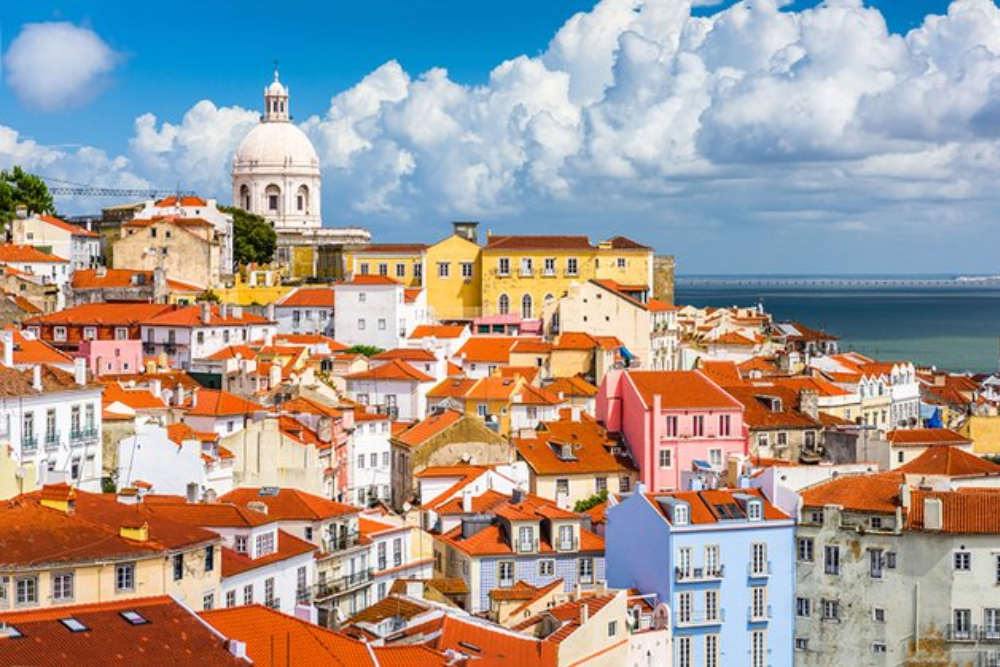Introduction
Portugal is a southern European nation situated on the Iberian Landmass, lined by Spain toward the east and the Atlantic Sea toward the west and south. Known for its rich history, dynamic culture, and beautiful scenes, Portugal offers assorted attractions, from brilliant sea shores in the Algarve to the lavish Douro Valley wine area. Key features incorporate Lisbon, the capital city with its notable areas like Alfama and notorious milestones like Belém Pinnacle; Porto, renowned for its port wine and riverside Ribeira region; and Sintra, a fantasy town with palaces and castles.
Surfing in Nazare

- Nazare is eminent for its monstrous waves, making it one of the world’s top surf objections. Experienced surfers rush here to ride waves that can arrive at up to 100 feet. The submerged ravine close to the coast enhances the waves, making Nazaré a must-visit for daredevils hoping to encounter probably the most outrageous riding conditions. For those less experienced, there are a lot of surf schools in the space offering illustrations on more modest waves.
Hiking in Madeira
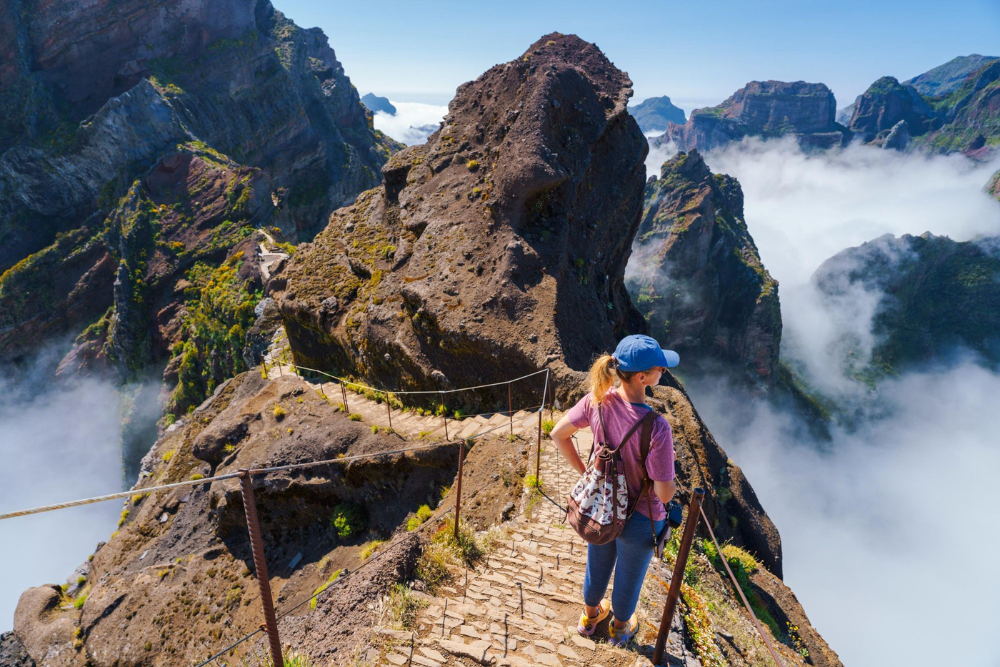
- Madeira, an archipelago off Portugal’s coast, is known for its tough landscape, profound valleys, and emotional precipices. The island offers probably the most dazzling climbing trails in Europe. The popular Levada strolls, which follow the district’s water system channels, permit climbers to investigate the rich scenes, including Laurisilva woodlands, an UNESCO World Legacy site. Courses like Pico do Arieiro to Pico Ruivo offer all-encompassing perspectives on the island’s bumpy territory.
Kayaking in the Algarve Caves

- The Algarve area, in southern Portugal, is well known for its emotional shore, highlighting stowed away caverns, caves, and shocking bluffs. Kayaking through these ocean caves is a well-known experience movement. The caverns of Lagos and Albufeira are especially known for their magnificence and perfectly clear waters. Travelers can paddle through tight stone developments and wonder about the dazzling seaside landscape while partaking in a nearby perspective on the marine life.
Canyoning in the Azores
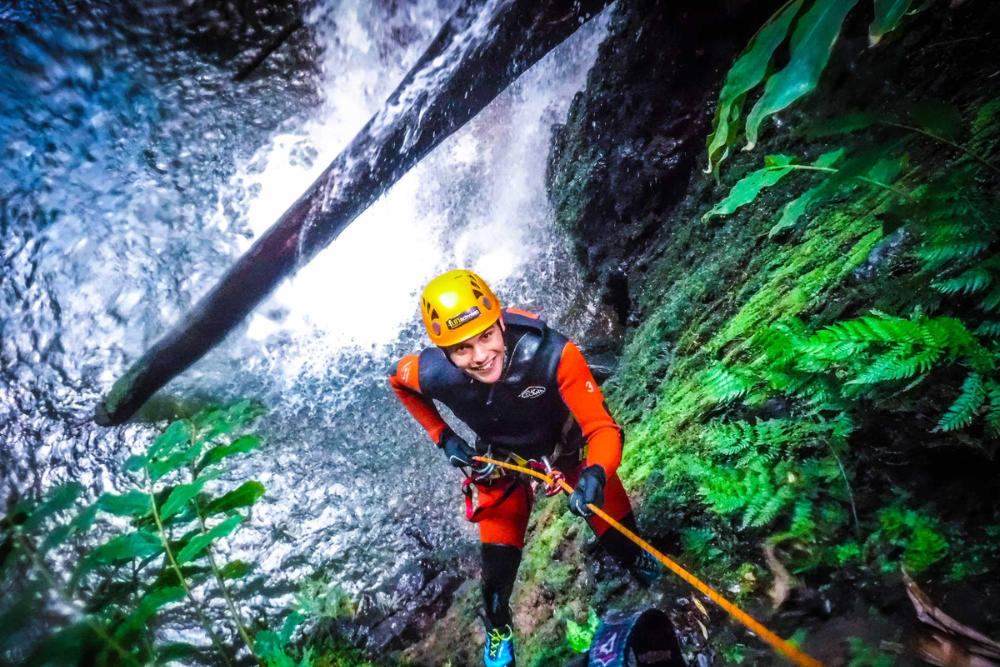
- The Azores, a gathering of islands in the Atlantic Sea, offer a unimaginable climate for canyoning. With its volcanic scenes, unblemished cascades, and rich timberlands, the Azores give one of the most amazing spots for this gutsy action. Canyoning includes plunging into profound gorges, hopping into pools, and exploring through cascades. São Miguel, the biggest island in the Azores, offers probably the most exciting canyoning encounters.
Mountain biking in the Serra da Estrela
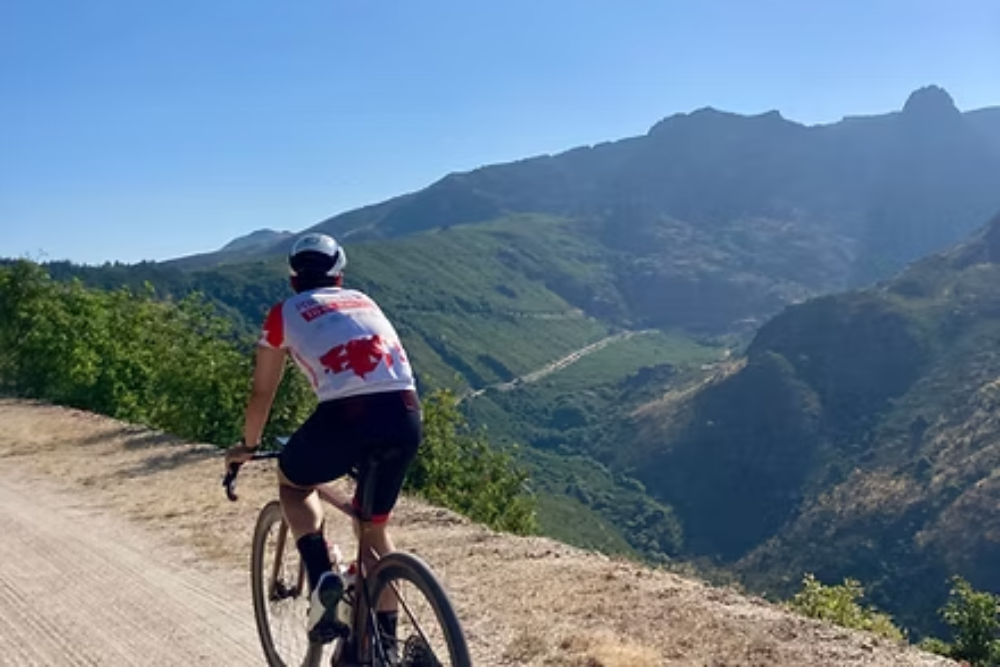
- The Serra da Estrela Mountains, situated in focal Portugal, offer the absolute best mountain trekking courses in the country. With rough paths that wind through pine woodlands, rough scenes, and old towns, cyclists can investigate assorted landscape while appreciating dazzling vistas. The locale likewise includes Portugal’s most elevated top, Torre, making it a difficult yet compensating objective for mountain trekking fans.
Belem Tower (Lisbon)
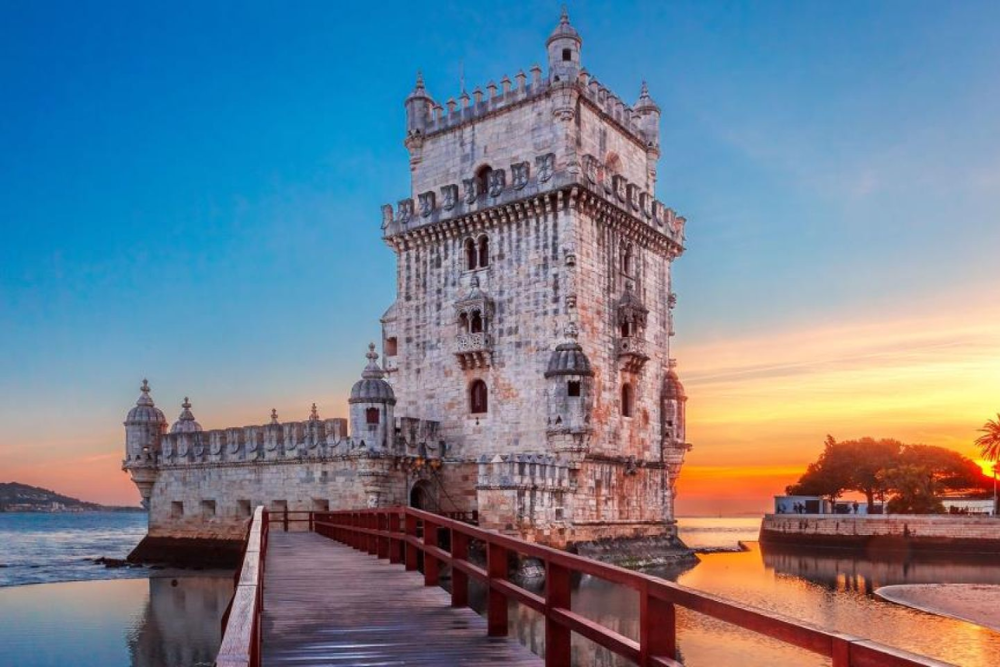
- Situated on the banks of the Tagus Stream, the Belem Pinnacle is perhaps of Portugal’s most notorious milestone. Implicit the sixteenth hundred years, it was initially a guard structure and assumed an essential part in the Time of Investigation. The pinnacle’s complex Manueline design and verifiable importance make it a high priority fascination in Lisbon. Guests can investigate the pinnacle’s inside and appreciate delightful perspectives on the waterway and the encompassing region.
Palacio da Pena (Sintra)

- The Palacio da Pena is a fantasy palace roosted on a slope in Sintra, right external Lisbon. Known for its lively tones, heartfelt engineering, and all-encompassing perspectives, this nineteenth century castle is perhaps of Portugal’s most visited fascination. The castle and its encompassing park, loaded up with lavish nurseries, are UNESCO World Legacy Locales and an ideal spot to submerge in Portugal’s rich illustrious history.
Douro Valley (Porto)
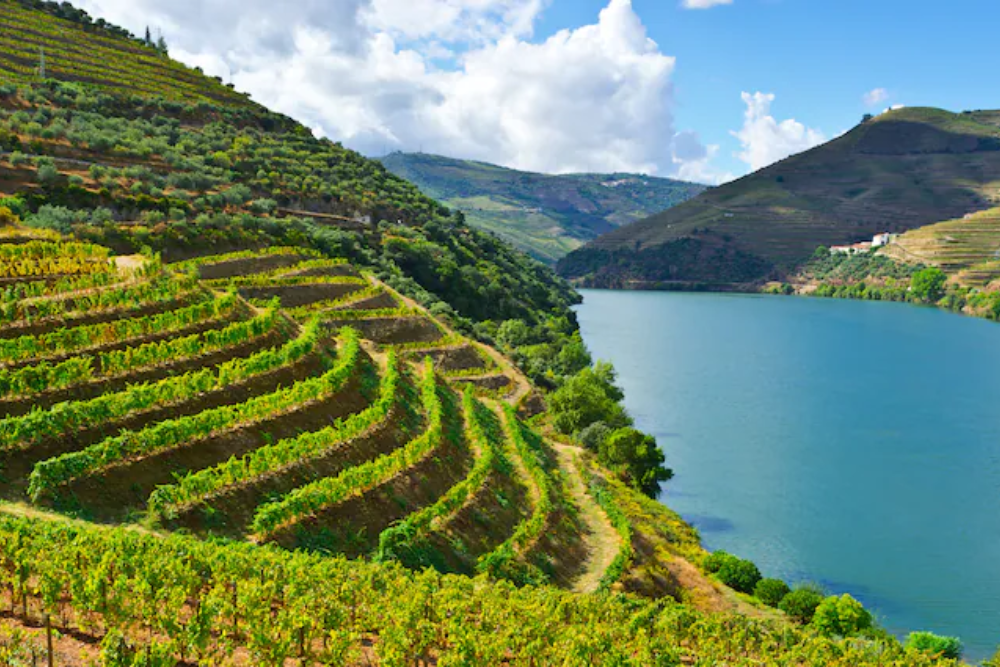
- The Douro Valley is one of the most established wine-creating locales on the planet, popular for its terraced grape plantations and the development of port wine. Vacationers can appreciate grand waterway travels, visit grape plantations for wine samplings, and investigate the beguiling towns of Peso da Régua and Pinhão. The valley’s pleasant scenes, joined with its rich social legacy, make it a top fascination for wine sweethearts and nature lovers the same.
The Algarve Beaches
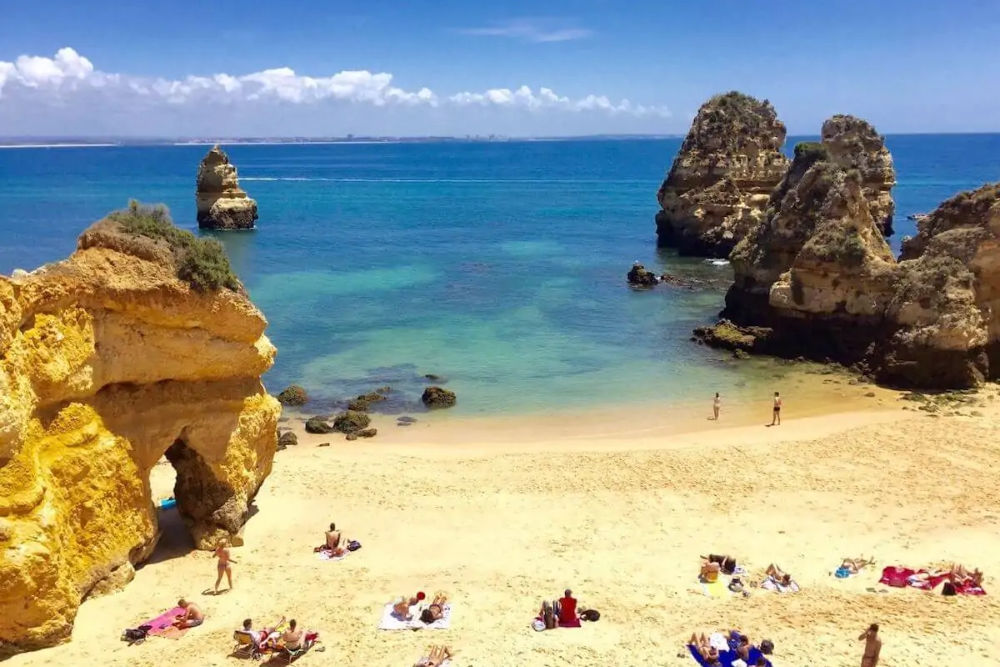
- The Algarve area is well known for its shocking sea shores, with brilliant sands, clear waters, and sensational precipices. Praia da Marinha, Praia do Camilo, and Praia da Rocha are among the most well-known, offering wonderful settings for sunbathing, swimming, and water sports. The shore likewise includes stowed away bays and grottoes that are ideal for investigating by boat or kayak, making it a heaven for ocean side sweethearts.
Jeronimos Monastery (Lisbon)
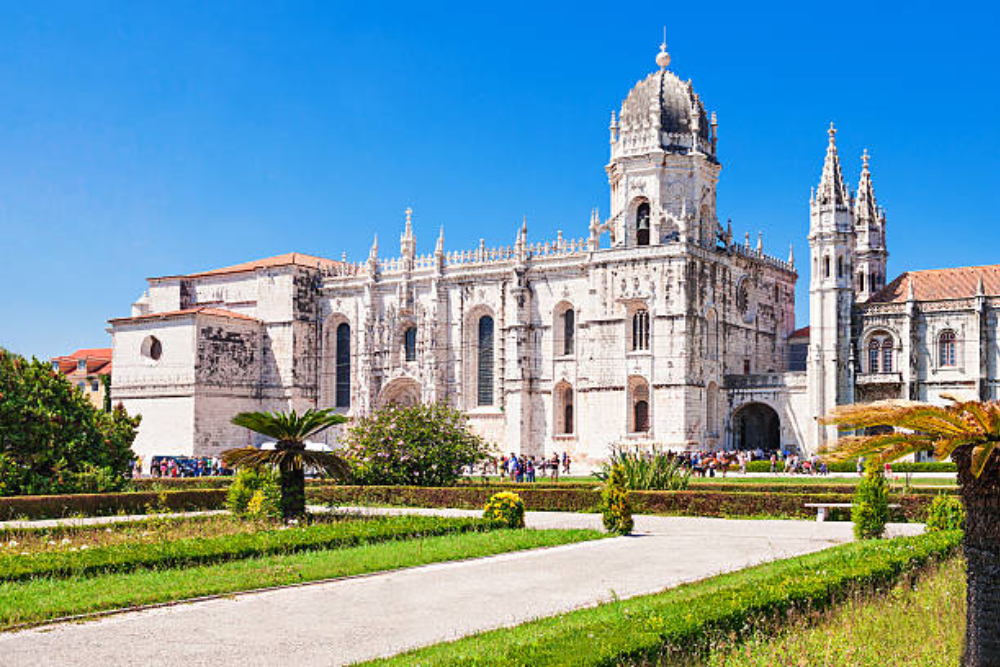
- The Jeronimos Religious community, situated in the Belem region of Lisbon, is another UNESCO World Legacy Site and a great representation of Manueline design. Inherent the sixteenth 100 years, the cloister is known for its intricate façade, complex carvings, and the staggering church inside. The religious community is additionally the last resting spot of renowned Portuguese traveler Vasco da Gama, adding to its verifiable importance.
Dos and Don’ts in Portugal
Dos
1. Do Greet Politely: Utilize considerate good tidings like “Bom dia” (Great morning) or “Boa tarde” (Good evening). A handshake or a light kiss on the two cheeks (for close colleagues) is standard.
2. Do Try the Local Cuisine: Appreciate customary dishes, for example, bacalhau (salt cod), caldo verde (kale soup), and pastel de nata (custard tart). Match your feasts with Portuguese wines, particularly from the Douro Valley.
3. Do Use Public Transport: Portugal has a proficient public transportation framework, particularly in urban areas like Lisbon and Porto. Cable cars, transports, and trains are reasonable and solid for getting around.
Don’ts
1. Don’t Be Late: Reliability is esteemed, particularly for formal gatherings and feasting reservations. Showing up 10-15 minutes late may be adequate socially however attempt to be on time.
2. Don’t Assume Everyone Speaks Spanish: Albeit Portuguese and Spanish are comparative, they are particular dialects. Communicating in Spanish rather than Portuguese might annoy a few local people.
3. Don’t Skip Tipping: Tipping is valued however not compulsory. In eateries, gathering together the bill or leaving 5-10% for good help is standard.
Best time to reach in Portugal
1. Spring (Walk to May)
• Spring is one of the most charming times to visit Portugal. The weather conditions is gentle, with temperatures going from 15°C to 20°C (59°F to 68°F), making it ideal for open air exercises like climbing, touring, and investigating the urban areas. The field additionally begins to sprout, offering lovely scenes.
• Swarms are moderate, as it isn’t top traveler season yet, considering a more loosened up experience at significant attractions.
2. Summer (June to August)
• Summer in Portugal offers warm, radiant climate with temperatures going from 25°C to 35°C (77°F to 95°F) in numerous districts, particularly in the south. This is the ideal time for ocean side sweethearts, particularly in the Algarve, and for appreciating open air celebrations and occasions.
• Summer is the high traveler season, meaning attractions, inns, and sea shores can be packed. It’s additionally the priciest chance to visit.
• In the event that you lean toward a calmer encounter, consider visiting the northern locales like Porto or the Azores, where it’s a piece cooler.
3. Harvest time (September to November)
• Pre-winter is a brilliant chance to visit Portugal. The weather conditions is still warm, especially in September and early October, however the groups meager out as the pinnacle traveler season closes. This is likewise reap season, so you can encounter wine celebrations, particularly in the Douro Valley, and appreciate delectable occasional food sources.
• Moderate, with less travelers contrasted with summer, making it a decent harmony between great climate and lower swarms.
4. Winter (December to February)
• Winter is the slow time of year in Portugal, making it the best time for economical explorers who need to keep away from huge groups. In urban areas like Lisbon and Porto, the weather conditions remains generally gentle (around 10°C to 15°C/50°F to 59°F), however it very well may be colder and stormy in the north. It’s a serene opportunity to investigate social destinations and appreciate happy occasion occasions, especially around Christmas.
• Swarms are negligible, offering a calmer involvement with famous attractions, however some vacationer locales might close or have decreased hours during special times of year.
• Assuming you’re wanting to visit the Algarve or other southern locales for sea shores or open air



